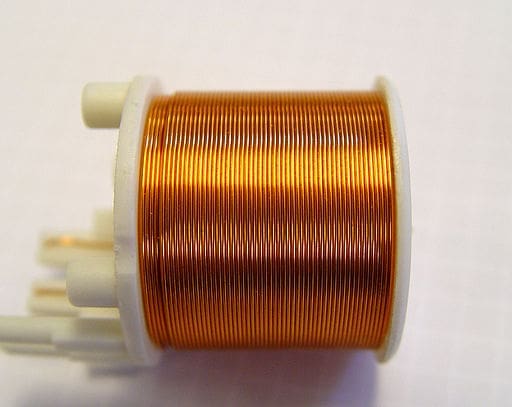When you are at the doctor’s office and look at some of the sophisticated equipment they use, wonder how they make that. Or do you have an engineering mind and thinking about what you want to do as a career? Let’s talk about how some of that equipment is manufactured and what goes into making this sophisticated equipment. For most of us, the topic of coil winding may seem dull, but to some, it is excited and interesting to learn about. Biomedical sensors are used to detect specific biological, chemical, or physical processes, transmitting or reporting the monitored data. To manufacture inductive components, it is crucial to connect ultra-fine wires through winding technology. In the winding process, first, isolation or coating of the wire occurs through the insulation process, and then the wire is wound around a pin or a core. Through this arrangement, manufacturers prepare electromagnetic inductions. However, the micro-coils differ in shape and the use of materials and coil winding technology.
The Shape of the Micro-Coils
Different shapes provide different electrical values. The winding of the micro-coils can be of various forms such as-
- Round
- Rectangular
- Elliptical
The size of the coil can differ depending upon the desired inner and outer dimensions of the coils.
The Materials of the Micro-Coils:
Copper:
The most common material that the manufacturers use in the manufacture of micro-coils is copper. After silver, copper is the second-highest conductive material in this world. Besides this, copper has outstanding physical properties to use in medical industries. Due to reliability and durability, copper alloys are also widely used in different industries. To protect a copper wire, sometimes, manufacturers use coating over the wire.
Stainless Steel:
Stainless steel also has significant usage in cryotherapy treatment in the case of cancer tumors. Stainless steel is also effective due to its property of being lightweight, strong, durable, recyclable, and heat- and corrosion-resistant. Where the environment is corrosive, stainless steel coils are effective to use.
Aluminum:
When there is demand for lightweight coils, manufacturers use aluminum coils to reduce weight in portable medical apparatus. However, due to high manufacturing and coating costs, manufacturers rarely use aluminum coils.
Titanium and Titanium Alloys:
Due to remarkable corrosion resistance, several industries use titanium and titanium alloys. Titanium also provides non-magnetic properties. It also has lightweight and high strength-to-weight ratios. For these properties, titanium has significant usage in dental and medical applications.
Precious Metals: Gold and Platinum:
When there is a need for devices that directly contact the tissue or skin, manufacturers sometimes use gold or platinum for high conductivity and chemically resistant properties. The use of these metals is very rare due to their high cost. However, if there is a necessity for the reduction of resistance, manufacturers use these expensive metals.
Coil Winding Procedure for Medical Sensors:
The most influential factor in the manufacturing of medical sensors is the size of the micro coils. This is because the diameter of a micro-coil has to be smaller than 0.8 mm, including the coating and insulation so that it can enter into a vein.
The coils consist of winding of insulated copper wires about a pin or a core. However, a coil can be –
- Coreless where the coil is self-bonded during the winding process, and
- Of different shapes where the winding of wire occurs around any shape and after the winding process, the manufacturers remove the form, but the coil takes that shape.
This article helps you understand using materials and materials and coil winding technology for manufacturing micro coils. However, depending on the demands of the customers, the manufacturing process may differ.
Featured Image by Aumann GmbH, CC BY-SA 3.0 DE via Wikimedia Commons




